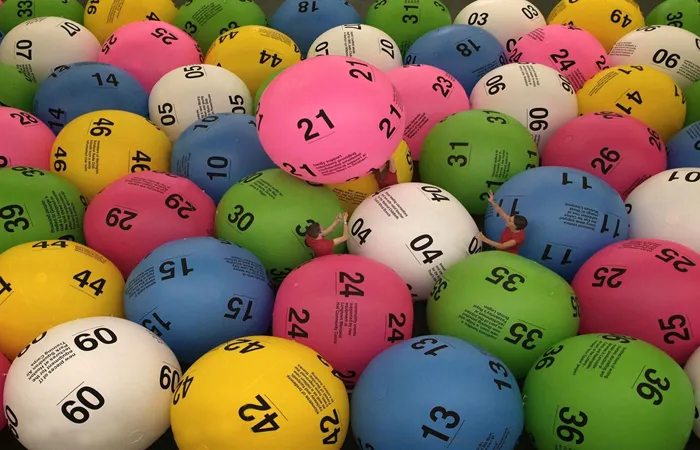Lotteries are games of chance, captivating millions worldwide with the allure of life-changing jackpots. Each draw is independent, and every number has an equal opportunity to be selected. However, analyzing historical data reveals certain numbers have appeared more frequently than others. This article delves into these numbers, exploring patterns across various lotteries, while emphasizing that past frequency does not influence future draws.
Understanding Lottery Draws
A lottery is a form of gambling where participants select numbers in hopes of matching those drawn by a randomizing device. The simplicity of lotteries contributes to their widespread popularity. Despite their simplicity, the outcomes are entirely random, ensuring each number has an equal chance of being drawn.
The Fascination with Number Frequency
While each draw is independent, many enthusiasts scrutinize historical data to identify numbers that appear more frequently, termed “hot” numbers, and those that appear less often, known as “cold” numbers. This analysis stems from the human tendency to seek patterns, even in random events. It’s crucial to remember that these patterns do not influence future draws; each event is independent.
Most Commonly Drawn Numbers in Major Lotteries
Powerball
Powerball is a popular lottery game in the United States, known for its substantial jackpots. An analysis of draws since April 22, 1992, reveals the following frequently drawn numbers:
26: Drawn 285 times.
41: Appeared 282 times.
16: Selected 279 times.
28: Chosen 278 times.
22: Picked 277 times.
Mega Millions
Mega Millions is another prominent U.S. lottery, offering substantial prizes. Since its inception in 1996, certain numbers have emerged more frequently:
2: Drawn 219 times.
17: Appeared 218 times.
31: Selected 218 times.
39: Chosen 214 times.
UK National Lottery
In the UK National Lottery, certain numbers have been drawn more frequently:
7: The most frequently drawn number.
EuroMillions
EuroMillions is a transnational lottery popular in Europe. Analysis indicates the following numbers are drawn more often:
50: Most commonly drawn.
44: Frequently selected.
4: Often chosen.
19: Regularly picked.
30: Commonly appearing.
The Least Frequently Drawn Numbers
Just as some numbers are drawn more often, others are less frequent. For instance, in the Powerball:
65: Appeared only 16 times.
60: Drawn 19 times.
66: Selected 23 times.
In the Mega Millions:
72: Drawn 20 times.
71: Appeared 22 times.
67: Chosen 24 times.
The Myth of “Hot” and “Cold” Numbers
While analyzing number frequency can be intriguing, it’s essential to understand that lotteries are designed to be random. The appearance of certain numbers more frequently than others is often due to chance. Each draw is independent, and every number has an equal probability of being selected, regardless of past outcomes.
Strategies for Selecting Numbers
Given the random nature of lottery draws, no strategy can guarantee a win. However, some players choose numbers based on personal significance, such as birthdays or anniversaries. It’s important to note that this method limits selections to numbers 1 through 31, potentially reducing the chance of winning the jackpot if those numbers are drawn.
Alternatively, some players opt for Quick Pick, allowing the system to randomly select numbers. This method ensures a diverse range of numbers and eliminates human biases in selection.
The Role of Number Selection in Prize Sharing
Choosing numbers that are less commonly selected by others can be advantageous in the event of a win. If multiple players select the same winning numbers, the prize is divided equally among them. Therefore, opting for numbers that are less popular may reduce the likelihood of sharing the jackpot.
The Impact of Number Patterns on Winnings
While some players believe that selecting numbers in specific patterns on the play slip can influence the outcome, it’s crucial to remember that each draw is independent and random. Patterns on the play slip do not affect the randomness of the draw.
Statistical Analysis and Its Limitations
Statistical analysis of past draws can provide insights into number frequency, but these analyses have limitations. They cannot predict future outcomes or increase the chances of winning. Lotteries are structured to ensure that each draw is random and fair.
Conclusion
While it can be fun to examine which numbers appear most often in past lottery draws, it is important to remember that lottery draws are completely random. The most commonly drawn numbers in various lotteries, such as Powerball, Mega Millions, and EuroMillions, offer interesting insights, but they do not provide any advantage when selecting your numbers for future draws. Every number, regardless of its history, has an equal chance of being drawn in each new game.
As tempting as it may be to rely on “hot” or “cold” numbers, the truth is that the randomness of the lottery ensures that each number has the same probability of being chosen. Therefore, it’s best to enjoy the lottery as a fun and exciting game of chance, where the outcome is unpredictable, and no strategy can guarantee a win.


